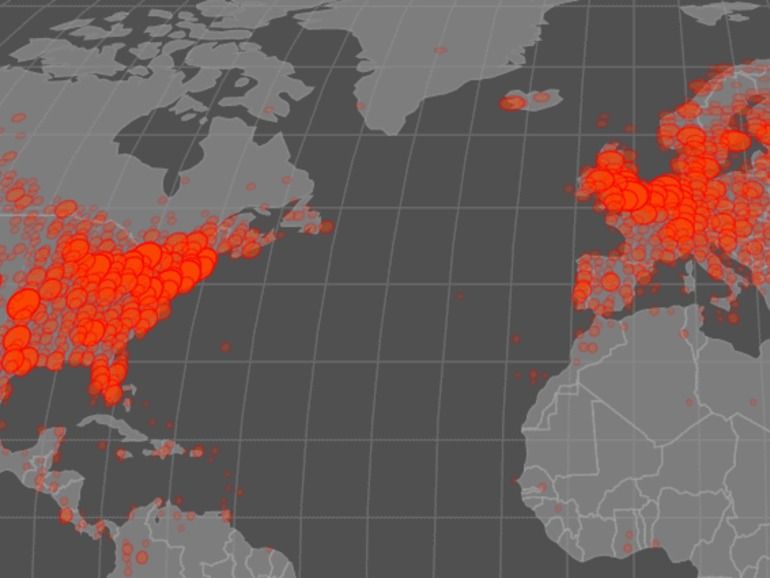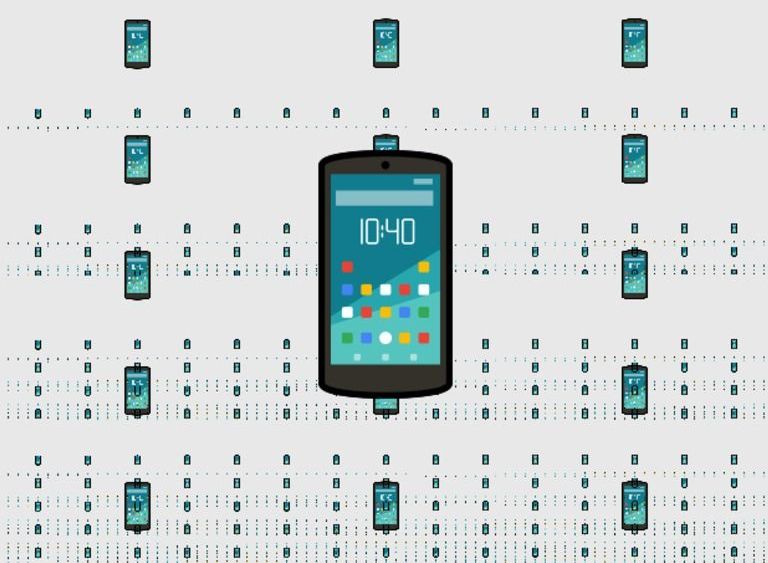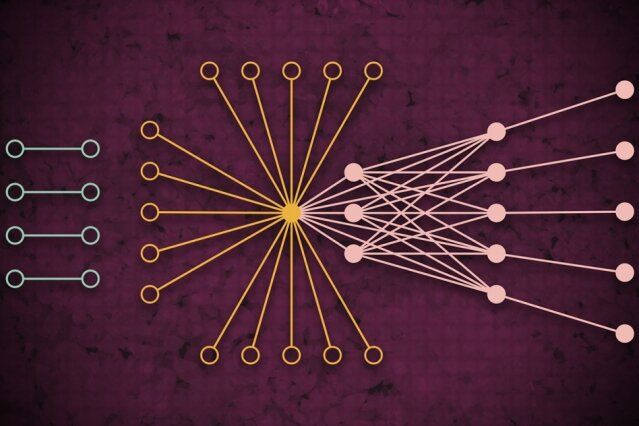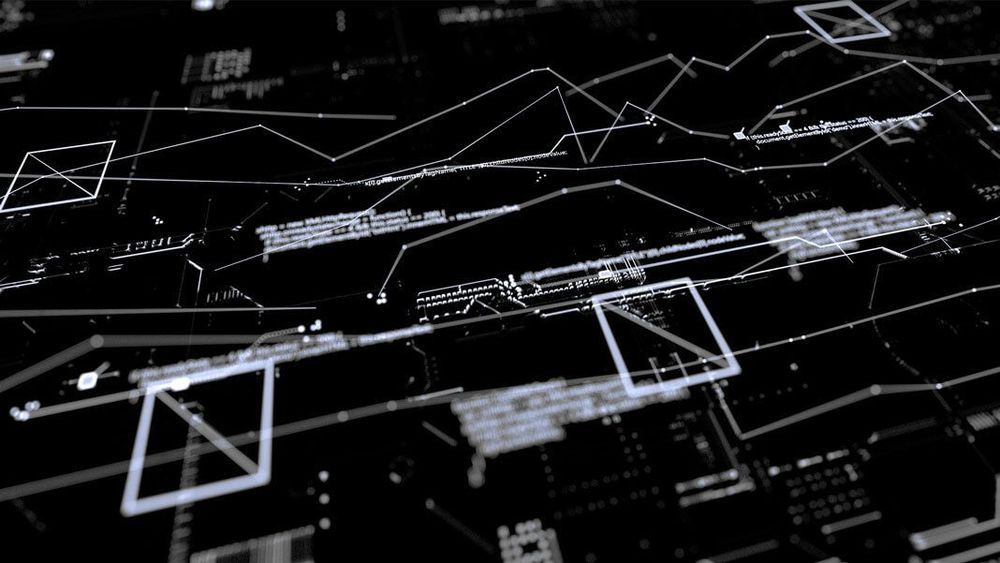Archive for the ‘cybercrime/malcode’ category: Page 168
Oct 31, 2019
Thousands of QNAP NAS devices have been infected with the QSnatch malware
Posted by Quinn Sena in category: cybercrime/malcode
Oct 30, 2019
New ‘unremovable’ xHelper malware has infected 45,000 Android devices
Posted by Genevieve Klien in categories: cybercrime/malcode, robotics/AI
Factory resets aren’t helping. Neither are mobile antivirus solutions. Malware keeps reinstalling itself.
Oct 30, 2019
Confirmed: North Korean malware found on Indian nuclear plant’s network
Posted by Quinn Sena in categories: cybercrime/malcode, nuclear energy
Two days after rumors of a malware infection at the Kudankulam Nuclear Power Plant surfaced on Twitter, the plant’s parent company confirms the security breach.
Oct 30, 2019
Indian nuclear power plant’s network was hacked, officials confirm
Posted by Quinn Sena in categories: cybercrime/malcode, nuclear energy
Oct 29, 2019
A nearly impossible to remove Android malware has infected 45,000 devices
Posted by Quinn Sena in categories: cybercrime/malcode, robotics/AI
Security researchers have been following the xHelper malware on Android with great interest, owing to the app’s seemingly incomprehensible ability to reinstall itself on an infected device despite factory resets.
Oct 29, 2019
Supercomputer analyzes web traffic across entire internet
Posted by Saúl Morales Rodriguéz in categories: cybercrime/malcode, internet, policy, supercomputing
Using a supercomputing system, MIT researchers have developed a model that captures what web traffic looks like around the world on a given day, which can be used as a measurement tool for internet research and many other applications.
Understanding web traffic patterns at such a large scale, the researchers say, is useful for informing internet policy, identifying and preventing outages, defending against cyberattacks, and designing more efficient computing infrastructure. A paper describing the approach was presented at the recent IEEE High Performance Extreme Computing Conference.
For their work, the researchers gathered the largest publicly available internet traffic dataset, comprising 50 billion data packets exchanged in different locations across the globe over a period of several years.
Oct 25, 2019
Future Consequences of Cryptocurrency Use: Systemic Investigation of Two Scenarios
Posted by Victor V. Motti in categories: bitcoin, business, complex systems, counterterrorism, cryptocurrencies, cybercrime/malcode, disruptive technology, economics, education, employment, encryption, finance, futurism, governance, government, hacking, innovation, law enforcement, open access, policy, privacy, security, strategy, terrorism
We face complexity, ambiguity, and uncertainty about the future consequences of cryptocurrency use. There are doubts about the positive and negative impacts of the use of cryptocurrencies in the financial systems. In order to address better and deeper the contradictions and the consequences of the use of cryptocurrencies and also informing the key stakeholders about known and unknown emerging issues in new payment systems, we apply two helpful futures studies tools known as the “Future Wheel”, to identify the key factors, and “System Dynamics Conceptual Mapping”, to understand the relationships among such factors. Two key scenarios will be addressed. In on them, systemic feedback loops might be identified such as a) terrorism, the Achilles’ heel of the cryptocurrencies, b) hackers, the barrier against development, and c) information technology security professionals, a gap in the future job market. Also, in the other scenario, systemic feedback loops might be identified such as a) acceleration of technological entrepreneurship enabled by new payment systems, b) decentralization of financial ecosystem with some friction against it, c) blockchain and shift of banking business model, d) easy international payments triggering structural reforms, and e) the decline of the US and the end of dollar dominance in the global economy. In addition to the feedback loops, we can also identify chained links of consequences that impact productivity and economic growth on the one hand, and shift of energy sources and consumption on the other hand.
Watch the full length presentation at Victor V. Motti YouTube Channel
Oct 16, 2019
This Malware Makes ATMs Spit Out All Their Money
Posted by Omuterema Akhahenda in categories: cybercrime/malcode, economics, finance, law enforcement
Hackers equipped with black market software are targeting cash machines with dated software and substandard security and walking away with millions over the course of a series of attacks, according to a collaborative investigation by Motherboard and German newsroom Bayerischer Rundfunk. Though law enforcement agencies are tightlipped about the trend, it’s a sign that banks may be surprisingly vulnerable to cybercrime.
Other sources, granted anonymity by Motherboard, described the same trend: “There are attacks happening, but a lot of the time it’s not publicized,” said one.
Plug-And-Play
Continue reading “This Malware Makes ATMs Spit Out All Their Money” »
Oct 15, 2019
Undeclared Wars in Cyberspace Are Becoming More Aggressive and Automated
Posted by Tanvir Ahmed in categories: cybercrime/malcode, government
“Access to the power grid that is obtained now could be used to shut something important down in the future when we are in a war,” White noted. “Espionage is part of the whole program. It is important to remember that cyber has just provided a new domain in which to conduct the types of activities we have been doing in the real world for years.”
The US is also beginning to pour more money into cybersecurity. The 2020 fiscal budget calls for spending $17.4 billion throughout the government on cyber-related activities, with the Department of Defense (DoD) alone earmarked for $9.6 billion.
Despite the growing emphasis on cybersecurity in the US and around the world, the demand for skilled security professionals is well outpacing the supply, with a projected shortfall of nearly three million open or unfilled positions according to the non-profit IT security organization (ISC)².
















